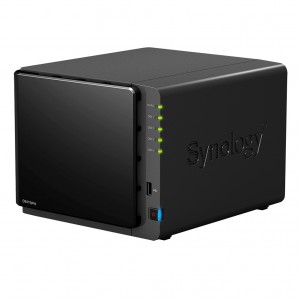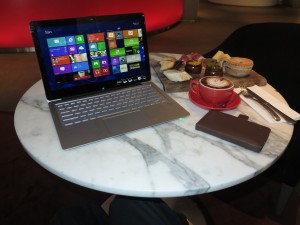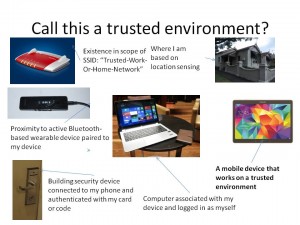Up, Up And Away with Android Wear
Article
Hacking the friendly skies: creating apps for wearables at 36,000 feet | Engadget
My Comments
There are some efforts taking place to make the wearable devices and sensors become relevant with air travel which is part of our business lives. This has been underscored by a recent “hackathon” programming contest sponsored by American Airlines to encourage the development of apps to bind wearables with the air travel experience.
The goal with this challenge was to make apps that are relevant to the passenger through the various phases of the experience i.e. checking in, passing through a security checkpoint, boarding the plane, flying using the newer inflight Wi-Fi system and having an Economy class seat as your workspace then arriving and collecting your luggage.
One application that won “first prize” in the challenge was a push-notification system that was able to let you and family / close friends know where you were in your air journey. Here, this could push messages to your phone or smartwatch or the device owned by your friend depending on where you are, and could show up electronic boarding passes as required. For your relative or friend, it would mean, for example, when to start driving out to the airport to pick you up. This application would be driven by GPS and iBeacon technology in order to get its bearings.
Another application that won the challenge was an “area social network” that applied to your flight. Here, this would tie in with Facebook and LinkedIn and the in-flight Wi-Fi to indicate whether you have “bumped in to” someone in your personal or business network by the fact that you are on the same plane. This could also work with groups that are likely to be “split up” due to travelling different classes on a long-haul jet or simply for solo travellers who are heading the same direction to do things like share cabs at the destination.
Someone even tendered a personalised proximity-signage setup which can show things like gate information for connecting flights or directions to a particular baggage carousel. I also see this application work with the hire-car scene by avoiding the need for drivers of these cars to show signboards relating to their pick-ups in the arrivals hall. This application assures privacy by deleting the information on the signs when you walk away from them.
Even the idea of travelling with your four-legged friend interstate or overseas by air on the same flight is catered for with a special collar that lets you know how they are. This could be augmented with a system that allows you to know how they are if you and the pet are on different transports once suitable technology is implemented as part of the “Internet of Things”.
This is a situation where innovation is taking place by encouraging situation-specific software development goals through programming challenges focusing on that situation.




![Map of Europe By User:mjchael by using preliminary work of maix¿? [CC-BY-SA-2.5 (http://creativecommons.org/licenses/by-sa/2.5)], via Wikimedia Commons](https://homenetworking01.info/wp-content/uploads/2014/06/512px-Blank_map_europe_coloured.svg_-300x229.png)

